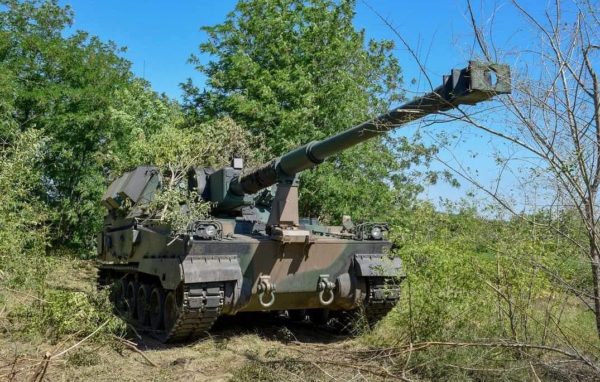
The recent conflict between Russia and Ukraine was taken by many Central and Eastern European countries as a sign of drastic change in a part of the world that had not experienced such a transformation in a generation. The annexation of Crimea was not met with much of a response beyond limited sanctions in 2014, and the war in the East of Ukraine received little long term attention outside of the region, even after an airliner was shot down by a BUK missile system. Recent rapid advances on Kyiv put countries like Poland on intense alert, and assured that their actions in seeking modern Western weapons systems was a reasonable and essential policy direction for the country. Poland is planning to reform its military, and is likely going to become one of the most advanced militaries in Central Europe.
Policies that have come out of the recent conflict in Ukraine ensured large amounts weapons being sent in support of Ukraine as well as historic levels of assistance given to Ukraine and countries bordering the former Soviet Union. In order to give the Ukrainian forces the ability to respond rapidly to Russian advances, weapons systems similar to those that are used by Ukraine’s Armed Forces were sought over more modern Western weapons systems that would have required additional training, time and support. Older Soviet systems like the T-72 and MiG-29 were dedicated or given to Ukraine with an agreement with the US or Germany to displace the older systems with more modern German and American tanks and weapons systems. Central European powers that were using modernised equipment from the Cold War era are now able to obtain many NATO weapons systems if they sent their Cold War era equipment to Ukraine. Those systems are increasingly being seen in videos of the conflict and are already having an effect with Polish made tanks being seen on the field, advancing in the Kherson region and region around Kharkiv.
The weapons displacement program has met some hurdles, but the intent and policy approach has two major benefits. Besides supporting Ukraine with already active equipment, the displacement of the equipment with advanced systems like Leopard 2 tanks from Germany and M1A2 tanks from the US gives countries bordering Russia and Belarus a distinct advantage. Modernising Central European countries with NATO weapons also brings that region closer to the West, and pulls them further from the influence of Russia and their government. Outside of the direct policy approach, the actions and support of Ukraine’s Armed Forces will blunt the ability of Russia to pose a serious threat using conventional arms to former Warsaw Pact nations that have spent much of their post-Cold War freedom pulling away from Russian influence.
While support and weapons from the West and NATO have had a major impact on Russian equipment and morale, it is important not to take recent victories with a grain of salt by pushing polices too widely or aggressively. Like with wars in Iraq and Afghanistan, policies that tie NATO long term to a conflict or a specific region may end up causing more strife and end in a long term loss for the West. If done more rapidly, putting Russia in a corner may illicit and overreaction by Russia if they feel they have fewer options in ensuring their own national security. What already seems to be occurring is that support for one conflict may add fuel to the fire towards other conflicts in other parts of the world, creating long term problems outside of Eastern Europe. A holistic and well thought out policy direction is essential, the absence of one is already a catalyst for the current conflict between Russia and Ukraine.